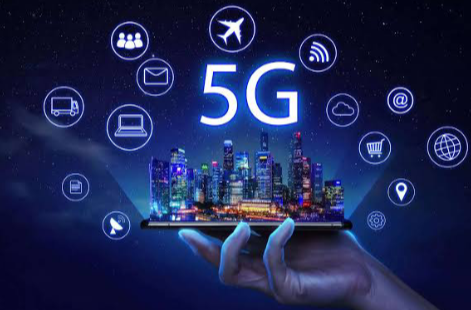Exploring the Impact of 5G Technology on Communication and Connectivity
The emergence of 5G technology introduces significant advancements in communication and connectivity. Its ability to deliver higher speeds and improved reliability transforms user experiences across various sectors. As organizations adopt 5G, they face both opportunities and challenges that impact implementation and resource management. This evolution raises critical questions about the future landscape of connectivity, particularly in relation to the Internet of Things (IoT) and its broader implications for society.
The Promise of Enhanced Speed and Reliability
As 5G technology continues to roll out globally, it promises significant advancements in communication through enhanced speed and reliability.
The speed benefits of 5G facilitate rapid data transmission, enabling seamless connectivity, while reliability enhancements ensure stable connections even in high-density environments.
These improvements empower users, fostering greater independence and freedom in communication, ultimately transforming how individuals and organizations interact in an increasingly digital world.
Transforming Communication Through New Technologies
While 5G technology serves as a cornerstone for communication advancements, other emerging technologies are equally transformative.
Virtual reality enhances user engagement by creating immersive experiences, while mobile applications leverage 5G’s speed to deliver real-time interactions.
Together, these innovations redefine connectivity, enabling seamless communication across diverse platforms.
The synergy of 5G with these technologies empowers individuals, fostering a liberated digital environment.
Challenges and Considerations in 5G Implementation
The rapid advancement of 5G technology introduces significant challenges and considerations that must be addressed for successful implementation.
Key issues include regulatory hurdles that can delay deployment and the necessity for substantial infrastructure investment to support the new network.
Addressing these factors is crucial to unlocking the full potential of 5G, enabling enhanced connectivity while ensuring compliance with evolving standards and regulations.
The Future of Connectivity in an IoT-Driven World
With the proliferation of Internet of Things (IoT) devices, the future of connectivity is poised for transformative changes driven by 5G technology.
This evolution enables smart cities to leverage real-time data through enhanced edge computing, facilitating faster decision-making and improved resource management.
As connectivity expands, it empowers individuals and communities, fostering innovation and enhancing the overall quality of life in urban environments.
Conclusion
In conclusion, the dawn of 5G technology heralds a new chapter in communication and connectivity, offering a glimpse of a future where seamless interactions are the norm. While challenges remain on the path to widespread implementation, the potential for transformative change is undeniable. As society embraces this next generation of connectivity, the promise of smarter cities and enhanced quality of life gracefully unfolds, inviting individuals and organizations alike to step into a world brimming with possibilities.





